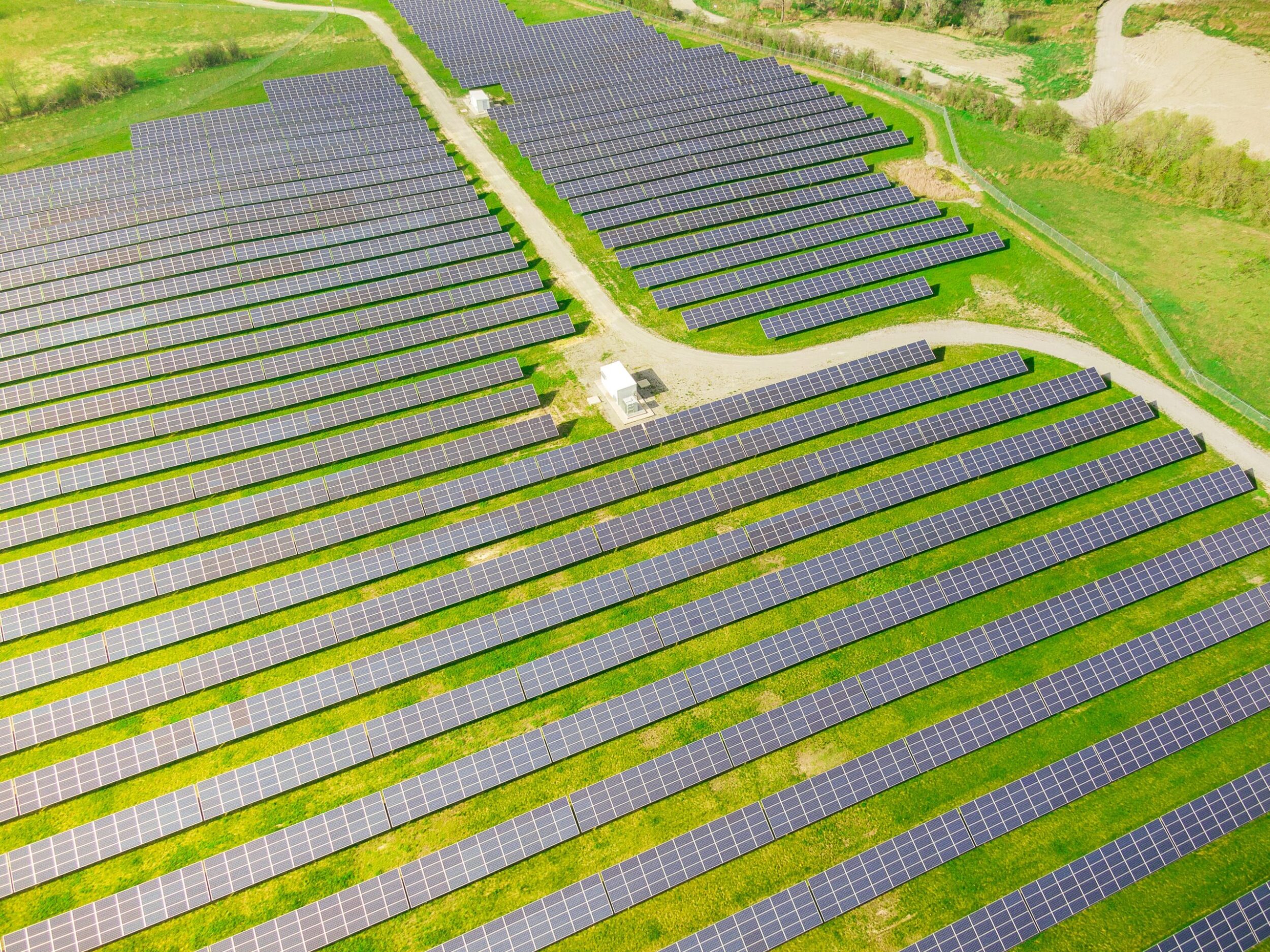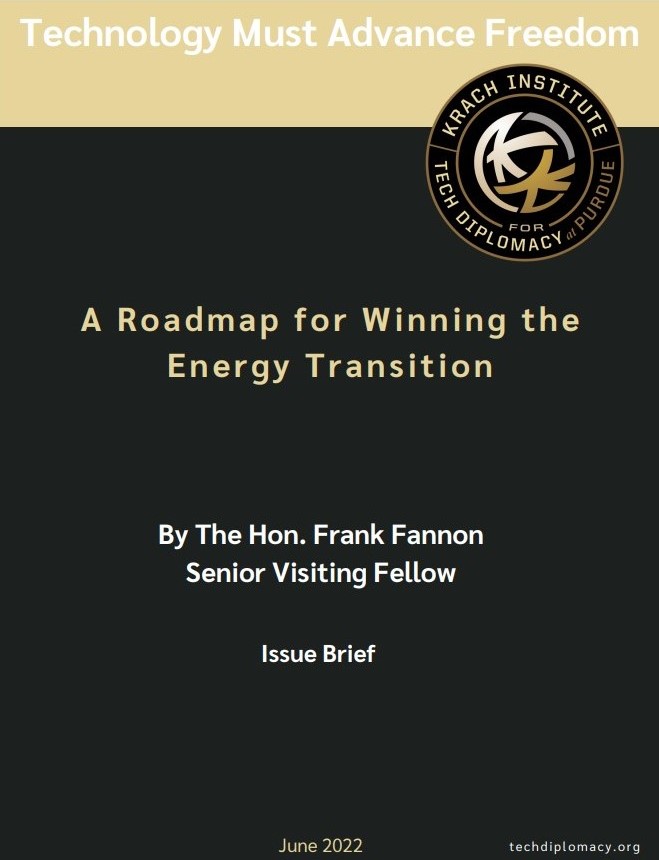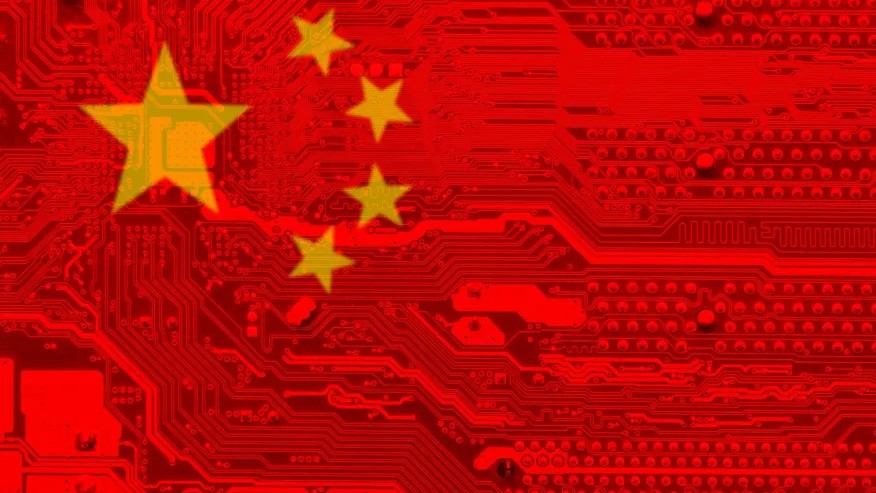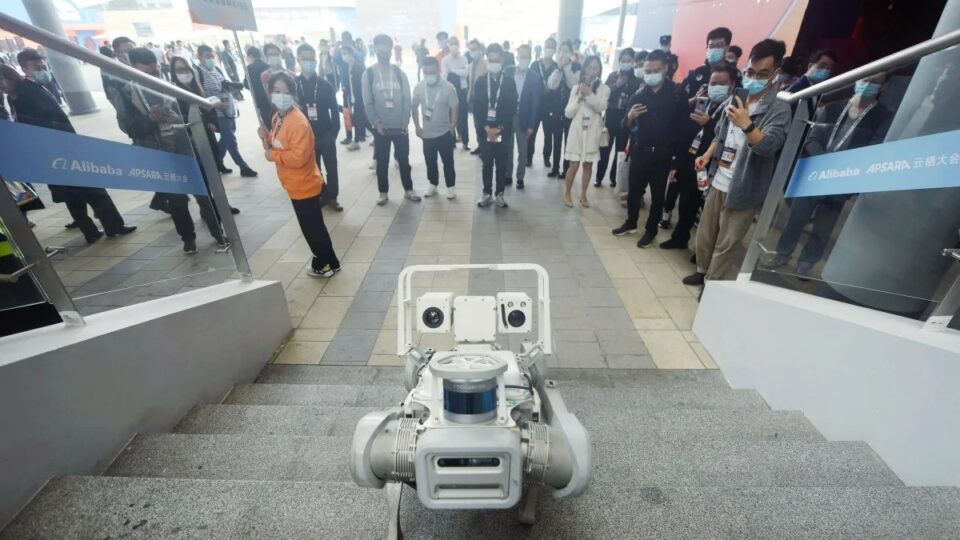A Roadmap for Winning the Energy Transition
The Hon. Frank Fannon
06.09.22

As the United States and free world countries move forward with the energy transition, Krach Institute for Tech Diplomacy at Purdue Senior Visiting Fellow the Hon. Frank Fannon sketches a roadmap towards victory in the transition.
*********************************************************************************
Executive Summary
The 2018 Paris Climate Change Conference established a framework for governments to limit the effects of climate change. Policy makers have called for a transition away from a hydrocarbon-based economy and toward a zero-emissions energy generation, transportation systems, and manufacturing economy. Societies have evolved through multiple energy transitions over time. These transitions typically followed a pattern of technological innovation, improved efficiency, scaled deployment, and the development of an eventual regulatory framework to manage competition, reliability, and more recently environmental externalities.
In contrast to historical precedent, today’s energy transition is policy-driven and on an accelerated timescale. This presents three distinct challenges. First, the scale of the clean energy transition is staggering and requires a complete reordering, design, and manufacture across industries and societies. Clean energy technologies require an entirely different set of inputs than traditional fossil-based energies. As such, the energy transition substitutes one set of natural resources for different categories of minerals, metals, and chemicals.
Second, in moving away from fossil energy, policy makers are calling for a transition away from domestic energy abundance in the form of oil and natural gas to metals and minerals which are controlled by the People’s Republic of China (PRC). The PRC developed and successfully executed a holistic and integrated domestic and international strategy over the course of decades. China now holds dominant positions across the entire clean energy supply chain from the mining, processing, marketing, and manufacturing of key clean energy technologies.
Third, the United States recognized its reliance on a strategic competitor was contrary to both domestic clean energy and climate ambitions and national security. Three successive presidents—Obama, Trump, and now Biden—have elevated America’s vulnerabilities and taken successive actions. These countermeasures, however, had limited effect since they were limited and tactical rather than part of an integrated strategy.
In order for the U.S. to regain its clean energy advantage, America’s leaders must rethink the notion that it is “competing” against China and instead realize that both countries are playing entirely different games. The U.S. has a short window of opportunity to develop and deploy a whole-of-government strategy in close coordination with like-minded free nations. This paper explores the three central issue pillars—scale, China, and the U.S.—and recommends a new strategy to win the clean energy transition.


